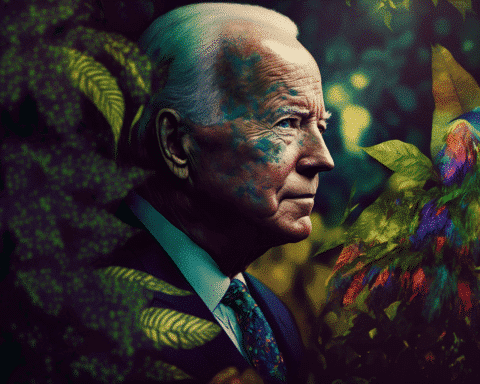As the U.S. Open enters its second week, players and fans are feeling the impact of rising temperatures that have become a defining characteristic of Grand Slam tournaments. T
his year, the event has already witnessed sweltering conditions, forcing athletes to find innovative ways to cope with the brutal heat and humidity. From simulation techniques to physical adaptations, tennis stars are navigating the challenging climate to deliver their best on the court.
Adapting to Extreme Conditions
British tennis icon Andy Murray took an unconventional approach to prepare for the scorching New York weather. Murray, a former U.S. Open champion, transformed his home into a heat chamber, simulating the oppressive conditions with a steam room set to 70% humidity and a thermostat at 95°F.
This novel approach aimed to help Murray acclimate to the intense heat and humidity that often prevails around Flushing Meadows during the tournament.
Escalating Temperatures and the Impact of Climate Change
The heatwave gripping the U.S. Open is part of a larger trend seen in Grand Slam tournaments over the years. An analysis by the Associated Press reveals that average high temperatures at these events have steadily increased since 1988.
These rising temperatures, attributed to global climate change, pose challenges to players’ performance and raise the risk of heat-related illnesses. The thermal comfort index, which considers temperature, humidity, wind, and other factors, has risen by nearly 5°F since 1988.
Player Challenges and Coping Strategies
The elevated temperatures have profound effects on players’ physical abilities. The intense heat affects their ability to hit the ball with power and speed, and their reaction time diminishes.
The Australian Open has experienced the most rapid temperature increase among Grand Slam tournaments, while the U.S. Open often stands as the hottest major event. This environment increases the likelihood of in-match retirements due to heat-related issues, with players struggling to maintain their energy and focus.
Navigating a Hotter Future with Tenacity and Adaptation
As the U.S. Open continues to witness rising temperatures, both players and spectators grapple with the challenging conditions. The blue hard courts, while iconic, absorb heat and make the playing surface feel significantly hotter than the surrounding air. Physiotherapists closely monitor players for signs of heat illness, while chair umpires play a crucial role in ensuring player safety.
Despite the obstacles, professional players persevere, adapting to the conditions through acclimatization and continuous exposure to the heat. As the climate continues to change, tennis athletes are finding ways to overcome the heat and deliver impressive performances on the court.




